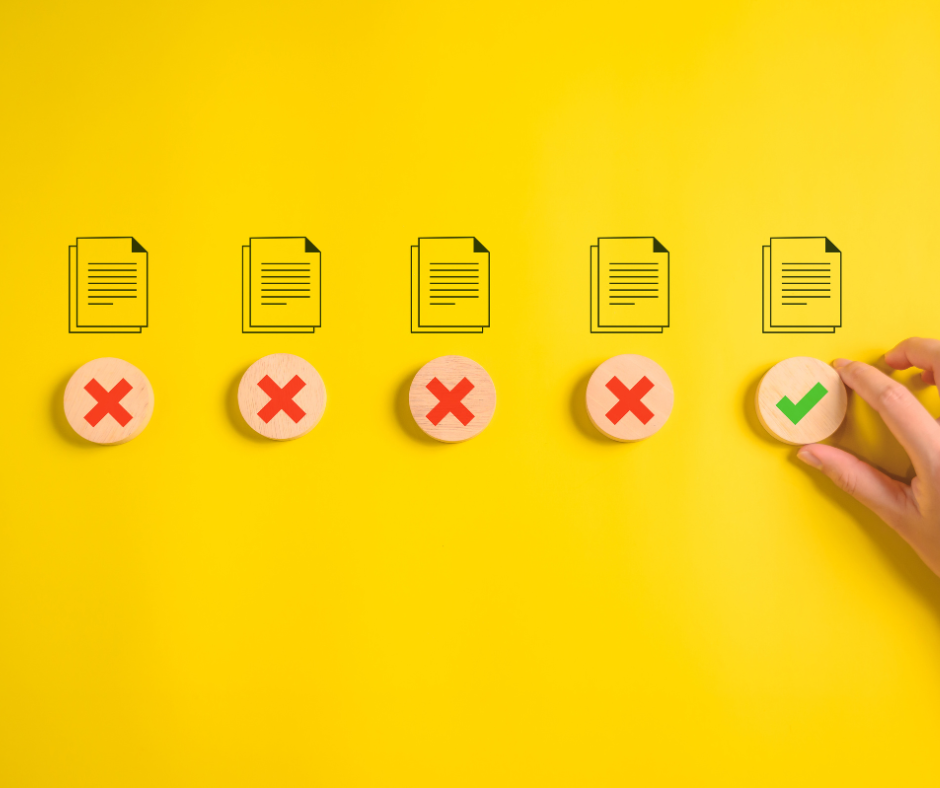
How to Avoid Mixed Content Issues on Your Website
At RemovalsPal, we understand the critical importance of maintaining a secure and well-optimised website, especially for businesses in the removals industry. One common challenge that can arise during website optimisation and migration is dealing with mixed content issues, particularly when transitioning from an insecure HTTP to a secure HTTPS connection. Mixed content issues can negatively impact your website’s security and user experience, potentially leading to a drop in your website’s value and a decrease in site traffic. Here’s how to avoid mixed content issues on your website.
What is Mixed Content?
According to Google, mixed content occurs when a webpage loads over a secure HTTPS connection, but some elements, such as images, videos, stylesheets, or scripts, are still loaded over an insecure HTTP connection. This can compromise the overall security of your website. Modern browsers, such as Google Chrome, detect this inconsistency and may display warnings to visitors, which can increase bounce rates and potentially deter users from staying on your site. Properly securing your website with HTTPS is essential to avoid these issues and ensure the continued development of your brand.
Why is Mixed Content a Security Risk?
Addressing mixed content issues is crucial for maintaining robust website security. Ignoring mixed content can make your site vulnerable to cyber-attacks and jeopardise the security of your data. This oversight could leave your entire website exposed to breaches, with potential risks including:
- Content Manipulation: Hackers could alter or swap images and content on insecure pages.
- Malicious Actions: Call-to-action (CTA) buttons might be deleted, causing unintended actions like file deletions.
- Site Defacement: Attackers could modify your site’s front end, including images and content.
- Data Theft: Hackers may access logins, passwords, session cookies, and cached files.
- Redirects: Visitors could be redirected to malicious websites or domains.
Although most search engines try to block mixed content, some issues can still slip through. Hence, it’s essential to proactively avoid and address mixed content to prevent devaluation and other potential problems.
How to Identify Mixed Content Issues on Your HTTPS Website
Ensuring your site’s data is encrypted with SSL doesn’t automatically secure all your content. Follow these steps to identify and resolve mixed content issues:
Step 1: Inspect Your Web Pages
- Open the webpage you want to check.
- Right-click and select ‘Inspect Element’.
- Go to the ‘Console’ tab.
- If there are serious mixed content issues, warnings will appear in red.
Make sure to inspect each page individually, as Chrome’s developer tools only display warnings for the currently viewed page.
Step 2: Review Your URLs
- Verify that all page URLs start with
https://. Pages withhttp://indicate mixed content issues. - Maintain a spreadsheet of pages with these issues and address them accordingly.
Step 3: Compare HTTP and HTTPS Pages
- Compare the content of HTTP and HTTPS pages. If the content matches but is blocked on HTTPS, take the following actions:
- Remove the insecure resource (e.g., images, videos).
- Replace it with a secure resource from another host or host it directly on your site.
Step 4: Update URLs
- Change URLs from
http://tohttps://, save the changes, and redeploy the updated files. - Revisit the page to confirm that mixed content issues have been resolved.
How to Avoid Mixed Content Issues
To ensure your website remains secure and free from mixed content issues, consider these steps:
1. Use HTTPS URLs Exclusively Ensure all URLs on your website use HTTPS. This is crucial to avoid insecure content issues, and simply having an SSL certificate isn’t enough if URLs are not correctly updated.
2. Implement the Content-Security-Policy-Report-Only Header Add this code snippet to your HTTP response header to collect reports of insecure content:
- URL of the webpage in question
- The subresource violating the policy
This helps monitor mixed content without needing to manually check every page, though it’s more of a preventive measure.
3. Use the Upgrade-Insecure-Requests CSP Directive Add this meta tag snippet to your HTML <head> section to automatically upgrade insecure URLs to HTTPS before loading them. Note that this will only work if the resource is available over HTTPS; otherwise, the content might not load.
4. Utilise Online Tools For businesses with extensive websites, consider using online tools to identify mixed content:
- HTTPS Checker: Great for checking ‘Not Secure’ warnings and issues related to imports and content changes.
- Mixed Content Scan: Useful for scanning your HTTPS website for mixed content.
- JitBit Scanner: Helps discover insecure images, scripts, and CSS files that trigger mixed content warnings.
By following these steps and leveraging available tools, you can effectively manage and avoid mixed content issues on your website, ensuring a secure and seamless experience for your visitors.





